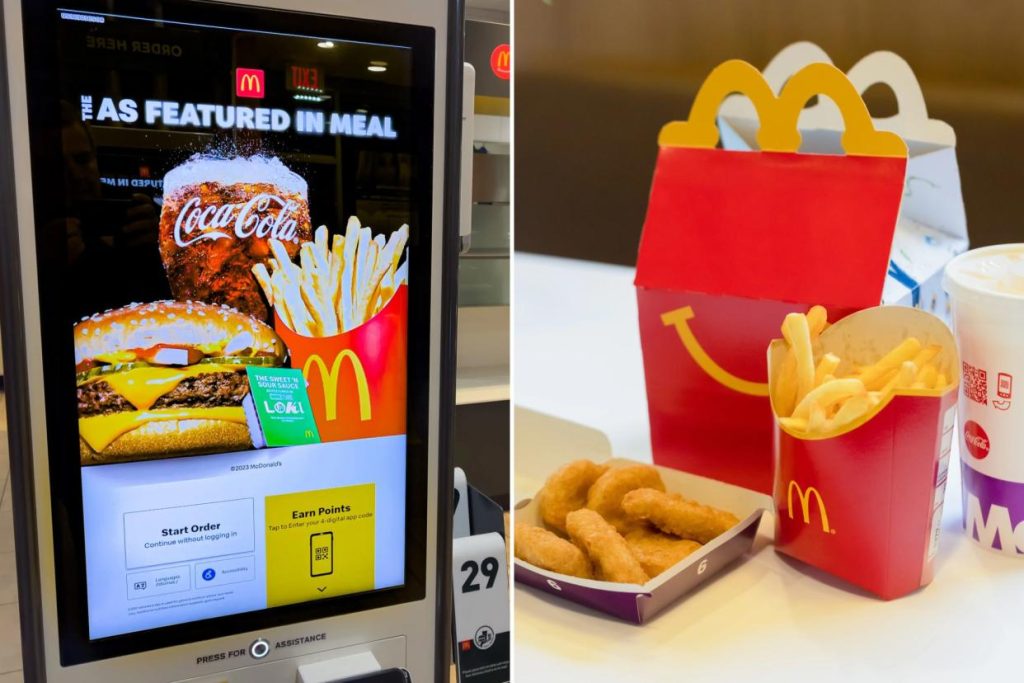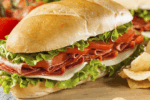Fast-food chains have long been known for their affordability and convenience. However, as inflation continues to drive up costs, many companies are using sophisticated strategies to maximize profits, often leading customers to spend more than they originally planned. Here’s a closer look at how these tactics work and their impact on the industry.
Price Hikes Amid Inflation
Inflation has led to significant price increases across various sectors, and the fast-food industry is no exception. Chipotle, for instance, raised its prices by 2% in December 2024. While such hikes are understandable given rising costs, they’ve left many customers frustrated.
Despite these challenges, the fast-food market remains robust. According to Toast, the quick-service restaurant (QSR) market was valued at $406.7 billion in 2024 and is projected to grow to $662.53 billion by 2029. This growth is partially fueled by innovative—and sometimes manipulative—marketing and sales tactics.
Popular Strategies to Boost Spending
1. Meal Deals
Meal deals or combo offers are a staple in the fast-food world. Chains like McDonald’s, Burger King, and Wendy’s lure customers with enticingly low prices for bundled items.
- McDonald’s offers a $5 meal deal, including a McDouble, 4-piece Chicken McNuggets, fries, and a drink.
- Burger King’s $5 Your Way Meal and Wendy’s $7 Trio Deal have also become popular choices.
While these deals seem cost-effective, they often lead customers to purchase more food than they initially intended, especially when inflation has quietly raised the base prices.
2. Rewards Programs
Loyalty programs are another effective tool. Chains like Wendy’s, Taco Bell, and Chick-fil-A encourage repeat visits by offering points or discounts through their rewards programs.
However, these programs often require customers to spend more money to unlock bonus items or exclusive offers. While they promote customer loyalty, they also subtly encourage higher spending.
3. Mobile Apps
Fast-food chains have embraced technology with their mobile apps, which provide exclusive deals, rewards, and the convenience of ordering ahead. According to Civic Science, 15% of customers now use these apps to order food.
Apps also enable upselling and cross-selling by suggesting add-ons or higher-priced items during the ordering process. These features often lead to larger orders than customers might place in person.
4. Social Media Marketing
With the average person spending 143 minutes per day on social media (Statista), platforms like Instagram and X (formerly Twitter) have become crucial for fast-food chains.
Chains use these platforms to promote deals, new menu items, and collaborations with influencers. Viral campaigns can create a sense of urgency, encouraging customers to try trending items before they disappear.
5. Kids’ Meals and Collectible Toys
Happy Meals at McDonald’s, complete with collectible toys, are a prime example of marketing to younger audiences. Invented in the 1970s by Bob Bernstein, these meals were designed to reestablish McDonald’s as a family-friendly brand.
Over time, collectible toys have become a revenue driver, with some older items fetching hundreds of dollars on resale platforms like eBay.
Upselling, Cross-Selling, and AI
6. Upselling and Cross-Selling
Phrases like, “Would you like fries with that?” are classic examples of upselling. These techniques are now integrated into mobile apps and self-service kiosks, encouraging customers to add items or upgrade to larger portions.
7. Artificial Intelligence (AI)
AI is an emerging tool in the fast-food industry. Some chains use it to personalize upsell suggestions based on customer preferences. For instance, Burger King in Brazil launched a “Hangover Whopper” promotion, requiring customers to use facial recognition to assess their hangover levels.
As AI technology becomes more sophisticated, its role in increasing customer spending is expected to grow.
Leveraging Holidays and Consumer Trends
8. Holiday Promotions
Seasonal menu items and limited-time offers are another way chains capitalize on consumer spending. For example:
- McDonald’s introduced festive items like the Holiday Pie and Eggnog Shake during the Christmas season.
- Chains also participate in national food days, offering free or discounted items to drive traffic.
9. Consumer Trends
Fast-food chains constantly adapt to shifting consumer preferences. This includes adding plant-based options, themed menu items, and promotions that mimic competitors. While these changes cater to trends, they often come at a premium price.
The Role of Technology in Customer Spending
10. Self-Service Kiosks
First introduced in 2006, self-service kiosks have become a common feature in fast-food restaurants. While they offer convenience, they also encourage customers to spend more. For instance, Shake Shack reported a 10% increase in total purchase amounts when customers used kiosks.
11. QR Codes
QR codes have gained popularity since the COVID-19 pandemic, directing customers to restaurant websites or apps. These codes often link to rewards programs or exclusive deals, encouraging additional spending.
12. High-Resolution Menu Images
Large, appetizing images on menus are a subtle yet effective way to attract customers. However, these visuals can sometimes lead to disappointment, as the actual product may not match the advertisement. In some cases, this has resulted in lawsuits over false advertising.
The Influence of Celebrity Collaborations
Fast-food chains frequently partner with celebrities and influencers to appeal to fans. For example, McDonald’s recently collaborated with WWE star John Cena to promote its McValue platform.
Other notable partnerships include:
- Justin Bieber with Tim Hortons
- Megan Thee Stallion with Popeyes
- Kim Kardashian with Beyond Meat
These collaborations create buzz and attract new customers, further boosting sales.
Conclusion
Fast-food chains are masters of marketing, using a variety of tactics to increase customer spending. From meal deals and rewards programs to AI and celebrity endorsements, these strategies can subtly influence purchasing decisions.
While these techniques may seem harmless, they often lead to higher spending, leaving customers wondering where their money went. As inflation continues to impact prices, being mindful of these tactics can help customers make more informed decisions about their fast-food purchases.
Disclaimer – Our editorial team has thoroughly fact-checked this article to ensure its accuracy and eliminate any potential misinformation. We are dedicated to upholding the highest standards of integrity in our content.





More Stories
Why Fast-Food Meals Cost More Than You Planned to Spend
Why Fast-Food Meals Cost More Than You Planned to Spend
Why Fast-Food Meals Cost More Than You Planned to Spend